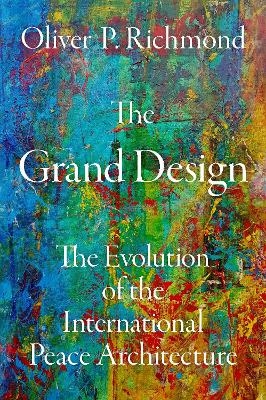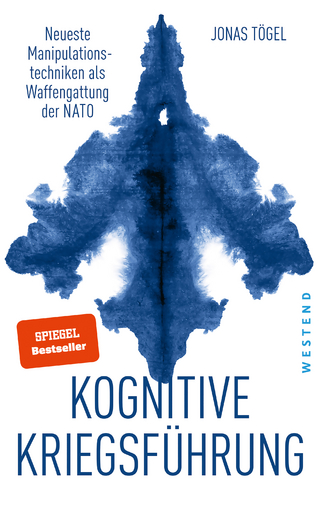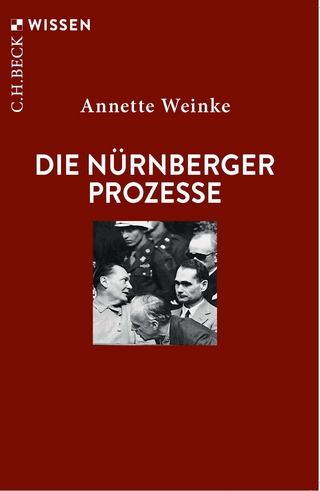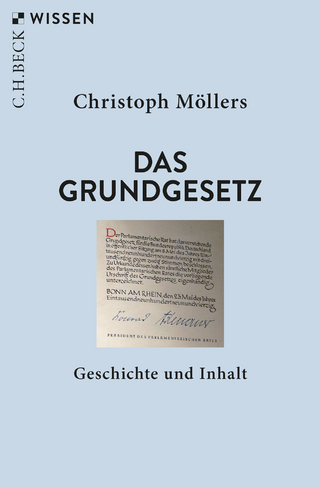
The Grand Design
Oxford University Press Inc (Verlag)
978-0-19-085044-9 (ISBN)
As Oliver P. Richmond argues in this book, the concept of peace has evolved continuously through several eras: from the imperial era, through the states-system, liberal, and current neoliberal eras of states and markets. It holds the prospect of developing further through the emerging "digital" era of transnational networks, new technologies, and heightened mobility. Yet, as recent studies have shown, only a minority of modern peace agreements survive for more than a few years and many peace agreements and peacebuilding missions have become intractable, blocked, or frozen. This casts a shadow on the legitimacy, stability, and effectiveness of the overall international peace architecture, reflecting significant problems in the evolution of an often violently contested international and domestic order.
This book examines the development of the international peace architecture, a "grand design" comprising various subsequent attempts to develop a peaceful international order. Richmond examines six main theoretical-historical stages in this process often addressed through peacekeeping and international mediation, including the balance of power mechanism of the 19th Century, liberal internationalism after World War I, and the expansion of rights and decolonization after World War II. It also includes liberal peacebuilding after the end of the Cold War, neoliberal statebuilding during the 2000s, and an as yet unresolved current "digital" stage. They have produced a substantial, though fragile, international peace architecture. However, it is always entangled with, and hindered by, blockages and a more substantial counter-peace framework. The Grand Design provides a sweeping look at the troubled history of peace processes, peacemaking, peacekeeping, and peacebuilding, and their effects on the evolution of international order. It also considers what the next stage may bring.
Oliver P. Richmond is a Research Professor in International Relations, Peace and Conflict Studies in the Department of Politics at the University of Manchester, UK. He is International Professor at Dublin City University, Ireland, Distinguished Visiting Professor at the University of Tubingen, Germany, and a Visiting Professor at the University of Coimbra, Portugal. His publications include Peace Formation and Political Order in Conflict Affected Societies and Failed Statebuilding. He is editor of the Palgrave book series, Rethinking Peace and Conflict Studies, and co-editor of the journal, Peacebuilding.
Introduction: The Age of Intervention and the Emergence of a 20th Century International Peace Architecture
Part I: The Early Evolution of the International Peace Architecture
Chapter I: Some Background Observations, Theory, and Concepts
Chapter II: A Sketch of the International Peace Architecture
Chapter III: Stages One and Two in the Development of the International Peace Architecture
Chapter IV: Stage Two: The Rise of Liberal Constitutionalism and Liberal Internationalism
Chapter V: Stages Three and Four and the Expansion of Rights: The Critical Challenge to Stages One and Two
Part II: Derailment and Bifurcation
Chapter VI: The Transition from Stage Four to Stage Five of the International Peace Architecture
Chapter VII: The Derailment of the Transition to Stage Five
Chapter VIII: Stage Five and Neoliberal Statebuilding
Chapter IX: Stage Six: Updating Emancipatory Peace or Revisiting Geopolitics?
Chapter X: Implications for Different Elements of the Contemporary Peace Architecture
Conclusion: The Limits of the Old and New Possibilities
| Erscheinungsdatum | 16.06.2021 |
|---|---|
| Verlagsort | New York |
| Sprache | englisch |
| Maße | 229 x 152 mm |
| Gewicht | 567 g |
| Themenwelt | Geschichte ► Teilgebiete der Geschichte ► Militärgeschichte |
| Recht / Steuern ► Rechtsgeschichte | |
| Sozialwissenschaften ► Politik / Verwaltung ► Europäische / Internationale Politik | |
| ISBN-10 | 0-19-085044-2 / 0190850442 |
| ISBN-13 | 978-0-19-085044-9 / 9780190850449 |
| Zustand | Neuware |
| Haben Sie eine Frage zum Produkt? |
aus dem Bereich


